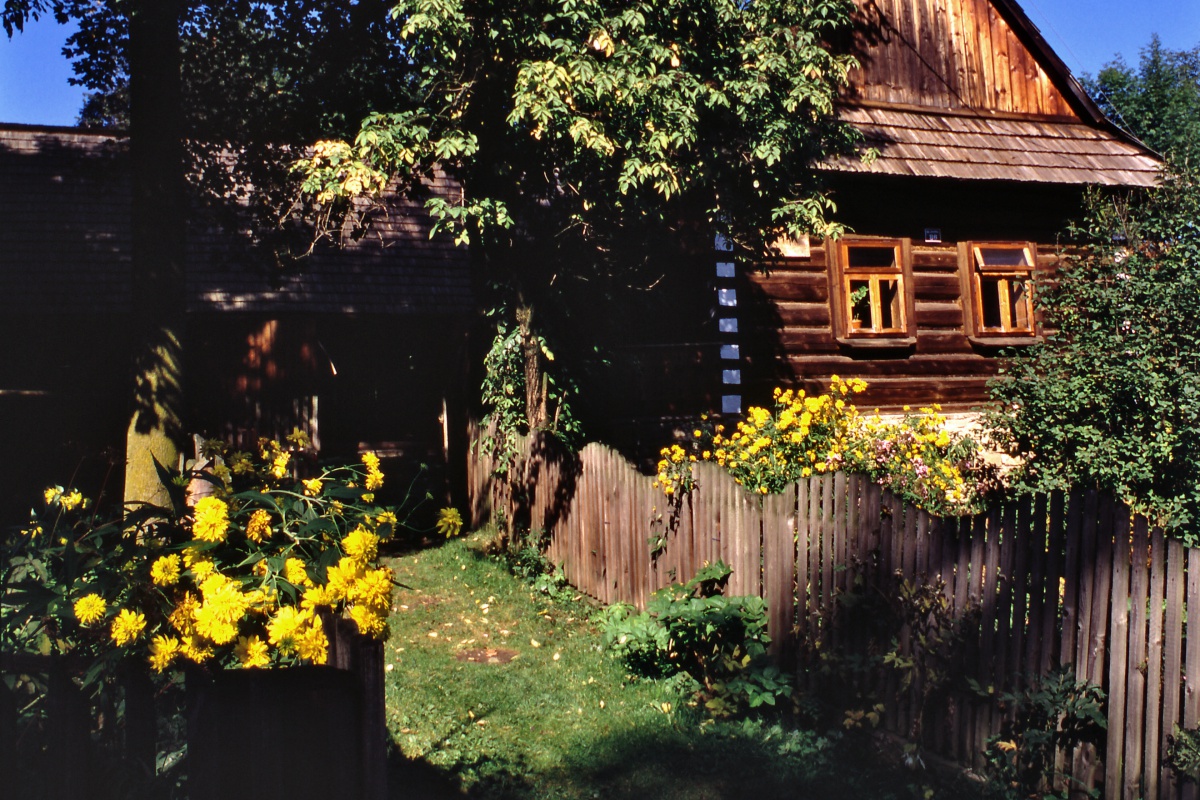Prices:
normal ticket: 10.00 PLN
reduced ticket: 6.00 PLN
guided tour 30.00 PLN
large family ticket 3.00 PLN /per
2 adults + max. 4 kids 20.00 PLN
groups over 15 + 1 adult extra: 5.00 PLN/per
audioguide 5,00 PLN
free every Sunday
WED - SUN 10.00 AM - 4.00 PM
MON - TUE - closed
Address:
34-532 Czarna Góra
+48 18 201 52 05
czarnagora@muzeumtatrzanskie.pl

(branch of the Tatra Museum)
A historic region in the eastern part of the Tatra Mountains and the Tatra foothills, Spisz was for centuries politically connected with Hungary. Between the 15th and the mid-18th century, Poland was in possession of what was called the Spisz starostwo [state domain]. It embraced thirteen towns in Spisz, plus the region of Lubowla-Podoliniec with the adjacent villages, all of which Sigismund of Luxembourg King of Hungary conveyed in 1412 to the Polish King Władysław Jagiełło as a pledge on the latter’s loan of 111 000 score of Prague Groschen.
`Situated in the north west of Zamagurze Spiskie [Slovak: Zamagurie or Spišska Magura], Polish Spisz was incorporated into the Polish State in 1920, following a resolution of the Council of Ambassadors of the allied states in Paris. Polish settlement in this border area was an important factor in favour of the decision. Granted Poland after World War I, the north-western part of Spisz embraces the villages of Czarna Góra, Dursztyn, Falsztyn, Frydman, Jurgów, Kacwin, Krempachy, Łapsze Niżne, Łapsze Wyżnie, Łapszanka, Niedzica, Nowa Biała, Rzepiska and Trybsz. The rest of Spisz is Slovak.
Czarna Góra, one of fourteen villages in Polish Spisz, dates back to the late 16th/early 17th century.
In the northern part of Czarna Góra, in an estate called ‘Zagóra’, there is a wooden croft owned in the past by the affluent local Korkosz family. The layout of the buildings reflects the development of the Spisz croft from a simple bipartite one (consisting of a cottage and a stable) at the end of the 19th century, to a multipartite one in the 1930s. Alojzy Chyżny erected the first buildings late in the 19th century, then staying in America for several years. On his return to the village in 1919, he expanded the cottage, adding a sumptuous ‘big chamber’ with a komora (larder). Husband of Alojzy Chyżny’s daughter Elżbieta, Sebastian Korkosz was the next to expand the croft. Further farm buildings added in the 1930s were a stone stable, a cart-shed and a pigsty. The first treadmill in the village was installed in the old stable. The 1940s witnessed the last stage of expansion with the ‘summer’ or guest chamber with a separate entrance through the porch added.
In the late 1940s the Korkosz family went to live permanently in Slovakia, which is still their place of residence. In 1980 Sebastian Korkosz’s descendants donated the croft to the Treasury [of Poland] requesting that a museum be set up here. After conservation and repairs, the Tatra Museum organized in the interiors an ethnographic exhibition illustrating the appearance of a rich Spisz croft between the World Wars. In the wooden Korkosz croft, the world of peasant culture, now almost extinct, is still alive though the village undergoes systematic changes.
Interiors of the habitable section of the croft: the vestibule, the kitchen, the ‘big chamber’ and the ‘summer chamber’ (guestroom) are laid-out in sequence. The vestibule, where household utensils were usually kept, also contained a carpenter’s bench where all sorts of articles needed in the house were manufactured, ranging from pieces of furniture to kitchen utensils. Other objects, such as wooden milk pails and a hand-mill are also on display here. From the vestibule an entrance leads up to the attic where grain was stored in special containers, and food products kept in chests and crocks. In the past, before the chambers were built, the life of the family concentrated in the kitchen. Here they slept and had their meals, as well as cooking, baking bread and spanning flax and wool.
The ‘gala room’, intended for guests, is furnished as it used to be when the Korkosz family lived here. A loom, which is still in use, is a permanent addition. Also in the chamber are sculptures and photographs of the members of this, artistically talented family boasting sculptors, a female painter on glass, and a female weaver. Ludwik Korkosz’s sculpture of Christ Falling before the Cross is on the shelf, and, likewise by Ludwik Korkosz, the head of Sebastian Korkosz sculptured in plaster, on the stove.
Worthy of attention in the stone stable is an exhibition illustrating flax processing, with tools used for the breaking, hackling and spinning of flax. In keeping with its original function, the cart-house contains a cart. The two wicker baskets inside are like those put here in the past, and the milk-cans are like those used for transporting the milk from mountain pastures. Also on show here is a wooden device used for lifting the cottage when the ground beam or the base were being changed, or when the cellar was being dug


